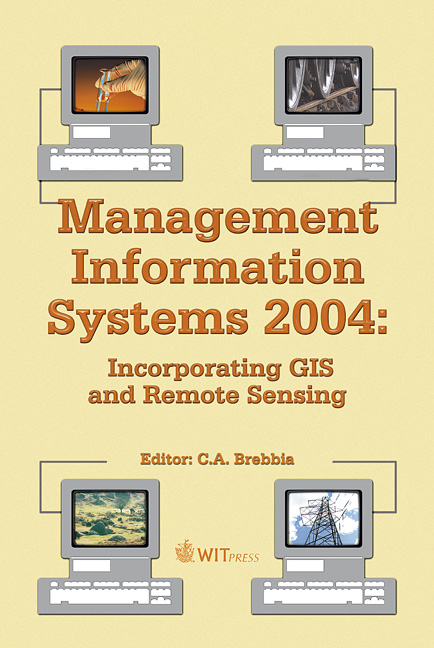Decision Support For Operational Ambulance Control
Price
Free (open access)
Volume
32
Pages
10
Published
2004
Size
304 kb
Paper DOI
10.2495/MIS040321
Copyright
WIT Press
Author(s)
T. Andersson
Abstract
Operational ambulance control naturally includes the dispatching of ambulances to calls, but equally important, and an even more complicated task, is the need to maintain a sufficient level of preparedness in the area of responsibility. Preparedness is a measure of the ability to serve potential patients with ambulances in a swift and efficient manner. Here, a number of enhancements to the existing information systems are presented, including way of calculating and visualising the preparedness in a geographical information system (GIS). Furthermore, a simulation module and real-time decision support tools for automatic dispatching and dynamic ambulance relocation, based on mathematical modelling and heuristic solution algorithms, are developed. Keywords: ambulance logistics, optimisation, preparedness, decision support tools, geographical information systems. 1 Introduction SOS Alarm [11] is the company in Sweden responsible for receiving all calls to the national emergency number, 112, and also for controlling all ambulance movements. The operations are run from a SOS central of which there is one in each county (administrative district) in Sweden. One of the services offered by SOS Alarm is called ambulance logistics, and the customers are the county councils. An ambulance can be requested by the public or by the health care. A SOS operator receives the request and prioritises it according to three degrees: • Prio 1: Urgent, life threatening symptoms. • Prio 2: Urgent, not life threatening symptoms. • Prio 3: Non-urgent calls.
Keywords
ambulance logistics, optimisation, preparedness, decision support tools, geographical information systems.





